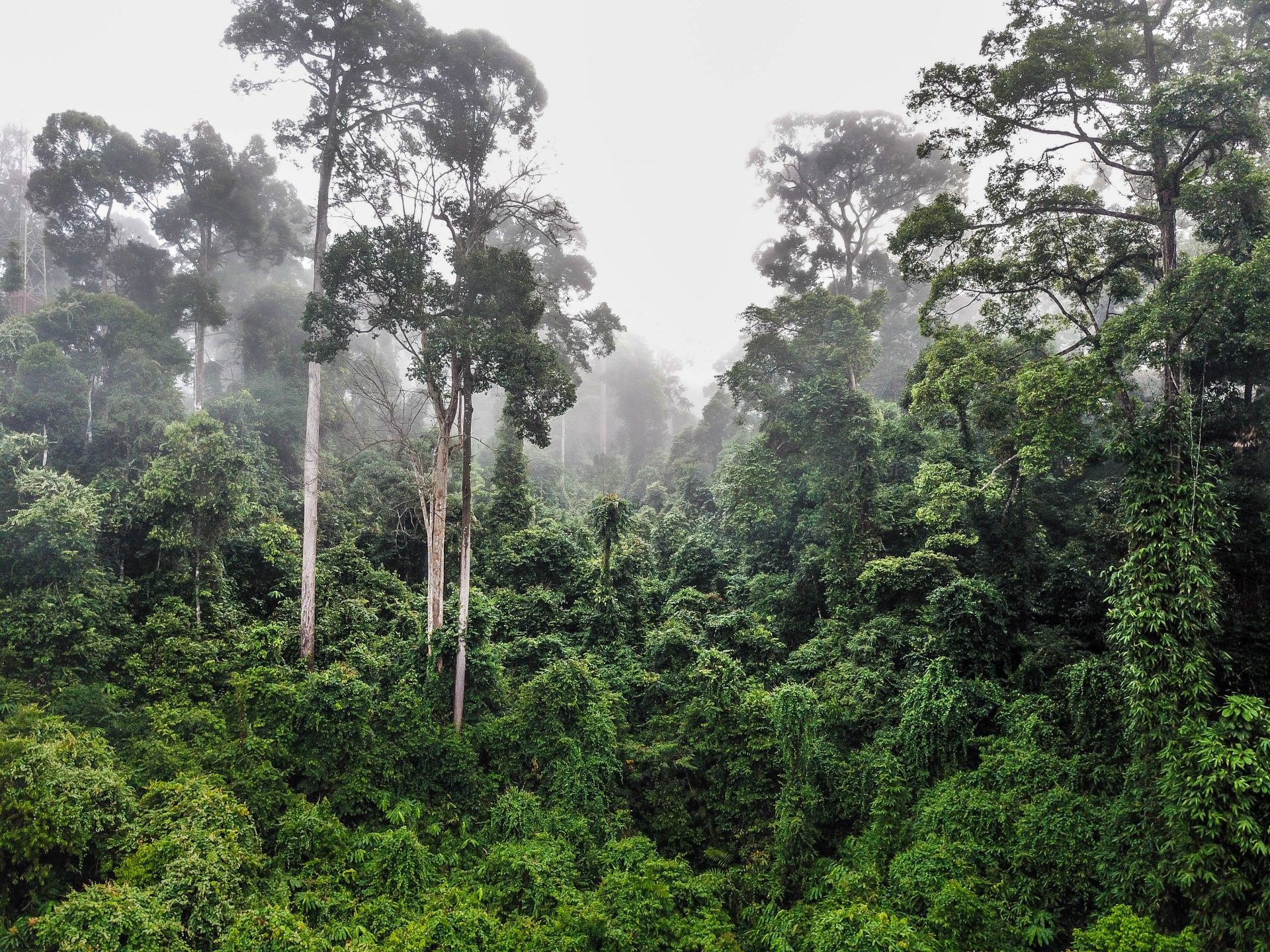Scientists from the Pennsylvania State University have identified that the dipterocarps tree-group has dominated the forests on the island of Borneo for at least four million years.
The findings, published in the journal Peerj suggests that the forest landscape today is very similar to the Pliocene Epoch 5.3 to 2.6 million years ago, providing scientists with a unique insight into the island’s biodiversity.
Borneo has almost 270 dipterocarp species and are the world’s tallest tropical trees. Dipterocarps include hundreds of keystone species that support Asia’s critically endangered biodiversity by structuring rainforests and providing enormous food resources through pollination and their nutritious seeds.
“This is the first demonstration that the characteristic dominant life form of Borneo and the entire Asian wet tropics, the dipterocarp trees, was not only present but actually dominant. We found many more fossils of dipterocarps than any other plant group,” said Peter Wilf, professor of geosciences in the Penn State College Earth and Mineral Sciences and a co-funded faculty member in the Institutes of Energy and the Environment (IEE).
Pollen studies of dipterocarps has been difficult in the past due to the poor preservation, however, fossil evidence from both leaves and pollen at two new sites has led to a new understanding of the ancient plant landscape.
The researchers unearthed a wide variety of fossil leaves and fruits, including many plant groups that are native today but had not been found before as fossils in the Malay Archipelago. These included three different genera of dipterocarps, such as Dryobalanops, whose species are nearly all threatened; understory plants such as the jujube Ziziphus and melastomes; and a climbing aroid plant, Rhaphidophora, that is related to the popular house plant Monstera.
“With the pollen included, we’re getting a fairly complete representation of mangrove and swamp environments, bordered by tropical lowland dipterocarp rainforests with very diverse fern understories and lots of climbing plants, including more ferns, jujubes and aroids. So we’re getting to actually seeing what the environment was like millions of years ago,” Wilf said. “It was very much like what you can find there now, although those habitats have been cut down across much of tropical Asia.”
The Pennsylvania State University
Header Image Credit : Shutterstock





